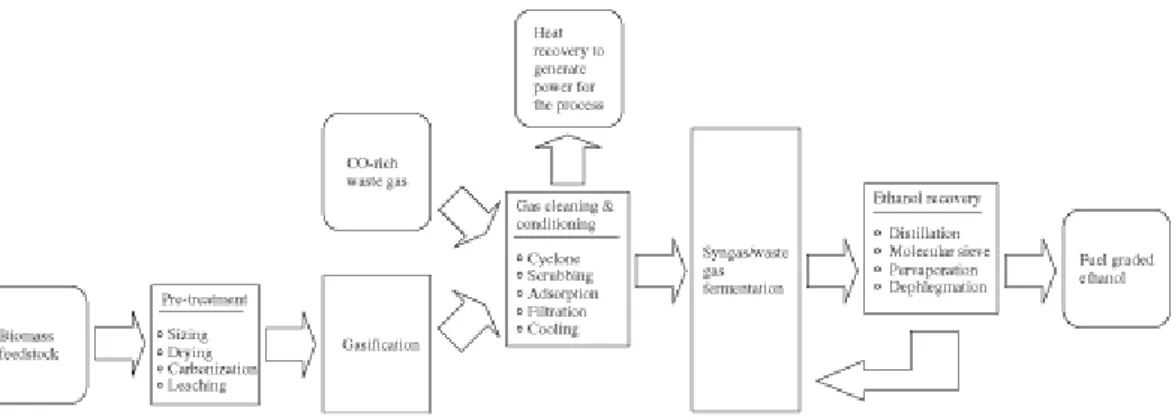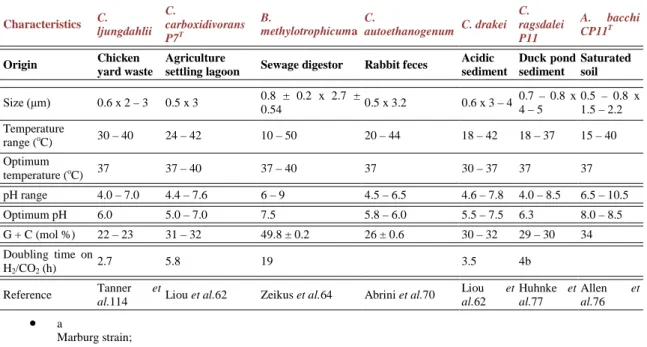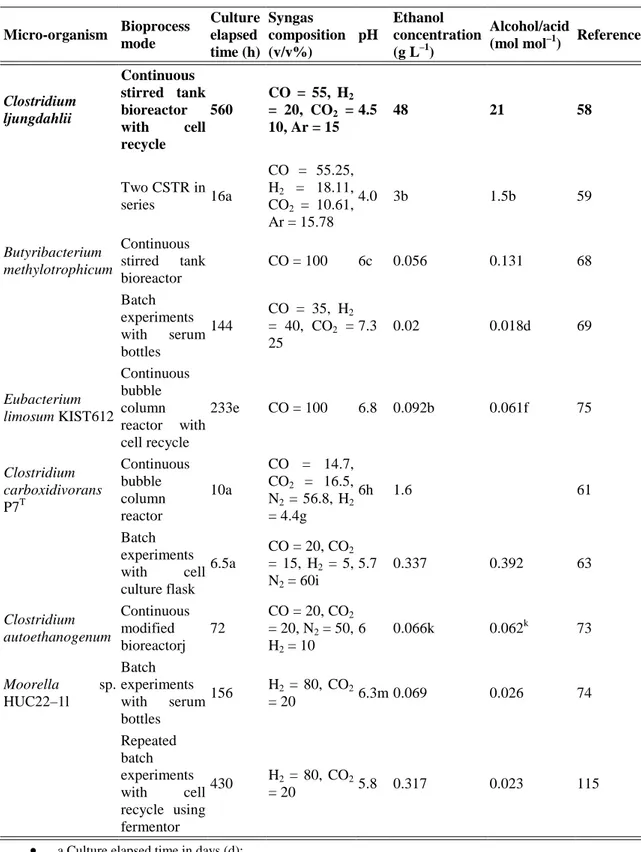TítuloBiological conversion of carbon monoxide: rich syngas or waste gases to bioethanol
Texto completo
Figure




Documento similar
These data collectively show PN spectra with thermal dust continua, nebular emission lines, and a variety of dust signatures, with characteristics of carbon-rich and
With respect to the product of area and the global heat transfer coefficient air cooler is shown how the product of area and the global heat transfer coefficient increases
The Battery Chargers community focuses on the various advances in technologies that improve energy efficiency in the transfer of energy in the charging of the batteries of
SAM-EGA laboratory analog studies demonstrated that the O 2 and HCl evolutions observed in Gale crater samples may be caused by the presence of perchlorates or chlorates, and that the
Also, we cannot firmly constrain the origin of the detected carbon monoxide on Uranus as a cometary impact, ice grain ablation, or a combined source due to both processes can give
The Continuous Stirred Tank Reactors (CSTR’s) are widely used in the chemical industry, e. in polymerization, petrochemical, pharmaceutical, biochemical, etc. Therefore,
Waste solid materials, derived from the geothermal energy conversion process, were successfully used in solvent- and organic-free synthesis of nanostructured composites based
The influence of various environmental factors (altitude, slope, vegetation density and aspect) on leaf composition (nitrogen, carbon chlorophyll content and chlorophyll
